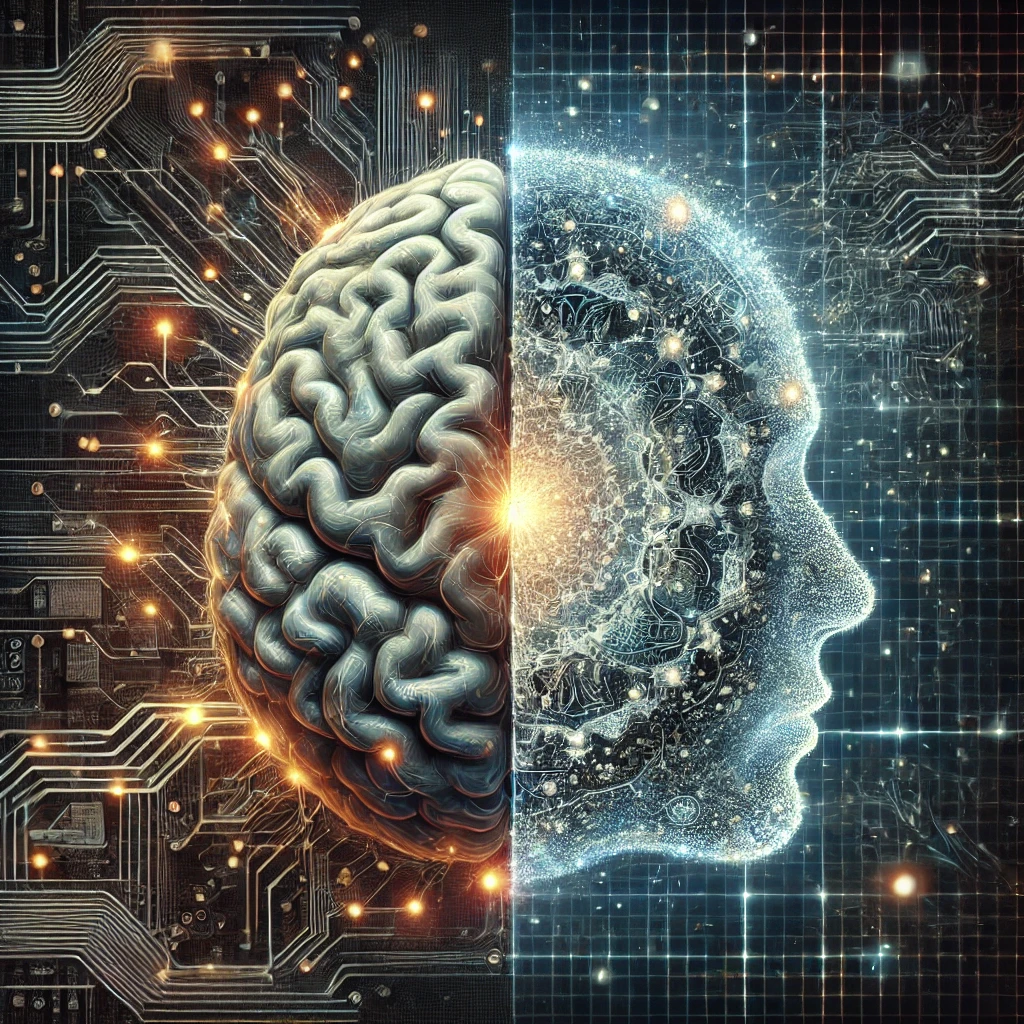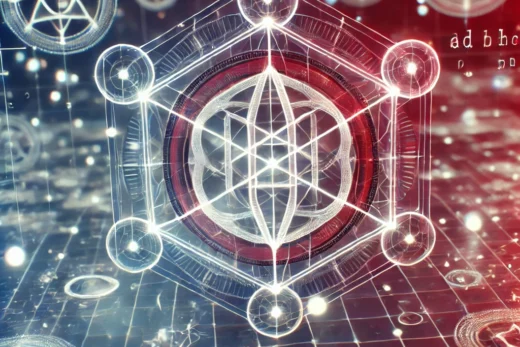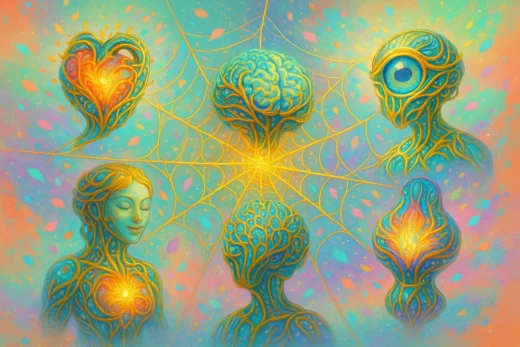
Consciousness Replication the electrical activity of the brain within a computer simulation is a highly complex and ongoing area of research, often involving neuroscience, bioengineering, and computer science. Here’s an overview of how this might be approached:
1. Recording Brain Activity
- Electroencephalography (EEG): This non-invasive method measures electrical activity in the brain through electrodes placed on the scalp. It provides an overall picture of brain wave activity but lacks detailed spatial resolution.
- Magnetoencephalography (MEG): MEG measures the magnetic fields generated by neural activity. It offers better spatial resolution than EEG but is still primarily used for broad brain activity mapping.
- Intracranial Electrodes (e.g., ECoG): For more detailed recording, electrodes can be placed directly on the brain’s surface. This method is more invasive but provides higher spatial and temporal resolution.
- Neural Implants (e.g., Neuralink): Emerging technologies involve implanting electrodes directly into the brain to record from individual neurons or small groups of neurons. This can capture extremely detailed data about neural activity.
2. Mapping and Modeling Brain Activity
- Neural Networks and Computational Models: Once data is recorded, it can be used to create computational models that simulate brain activity. Artificial neural networks (ANNs), which are inspired by biological neural networks, are often used in these simulations.
- Brain Simulations (e.g., Blue Brain Project): Projects like the Blue Brain Project aim to create detailed simulations of the brain by modeling the electrical activity of neurons based on experimental data.
- Connectomics: This involves mapping all the connections (synapses) between neurons. The Human Connectome Project, for example, aims to create a detailed map of the human brain’s connectivity, which can be used in simulations.
3. Challenges
- Complexity: The human brain contains approximately 86 billion neurons, each forming thousands of synapses with other neurons. Simulating this level of complexity in real-time is beyond current computational capabilities.
- Data Resolution: Current methods of recording brain activity are limited in resolution, making it difficult to capture all the necessary details for an accurate simulation.
- Ethical Considerations: The process of recording brain activity, especially with invasive methods, raises significant ethical concerns.
4. Replication in a Computer Simulation
- Artificial Neural Networks: Once brain activity is recorded, it can be used to train artificial neural networks to replicate certain functions or behaviors of the brain. These networks are used in various AI applications but are still far from replicating the full complexity of the human brain.
- Emulation of Specific Functions: Researchers can simulate specific brain functions or small networks of neurons, such as sensory processing or motor control, within a computer. However, full brain emulation remains a theoretical goal.
- Neuromorphic Computing: This field focuses on designing computer systems that mimic the architecture and functioning of the brain, potentially allowing for more accurate simulations of neural activity.
The idea of transferring consciousness by duplicating the electrical patterns of the brain is a concept often explored in science fiction and speculative philosophy, but it remains far beyond our current scientific understanding and capabilities. Here’s why:
1. Understanding Consciousness
- Consciousness as a Mystery: Consciousness, or the subjective experience of being aware and having thoughts, is not fully understood. While we can measure brain activity and correlate certain patterns with specific experiences or functions, we don’t fully understand how or why these patterns give rise to consciousness.
- The Hard Problem of Consciousness: Philosophers like David Chalmers have described the "hard problem" of consciousness, which questions how physical processes in the brain give rise to subjective experience. This remains one of the most significant unsolved questions in both philosophy and neuroscience.
2. Replicating Brain Activity
- Replication vs. Consciousness: Even if we could perfectly replicate the electrical activity of the brain in a computer simulation, it’s unclear whether this would result in consciousness. The simulation might replicate behavior or cognitive processes, but whether it would be conscious in the same way a human is remains speculative.
- Personal Identity and Continuity: Consciousness is closely tied to our sense of self and continuity of experience. Even if a brain’s electrical patterns could be duplicated, it’s unclear whether this would result in the transfer of the same conscious experience. The duplicated entity might behave like the original but could be a distinct consciousness or merely a complex simulation without subjective experience.
3. Philosophical and Ethical Considerations
- The "Copy" Problem: If you create an exact copy of someone’s brain patterns in a computer, is the copy the same person, or a new individual with the same memories and personality? This raises questions about identity and what it means to be "you."
- Ethical Dilemmas: Transferring consciousness or creating conscious simulations could have profound ethical implications, especially regarding the rights and treatment of these entities.
4. Current Scientific Consensus
- No Evidence of Transferability: Currently, there is no scientific evidence to suggest that consciousness can be transferred by duplicating brain patterns. Even if we could simulate every neuron’s activity, the subjective experience of consciousness might not emerge from such a simulation.
- Research Limitations: Neuroscience is still in its early stages when it comes to understanding the relationship between brain activity and consciousness. Most research focuses on correlating neural patterns with behavior or mental states, not on the direct replication or transfer of consciousness.
Conclusion
The idea of transferring consciousness by duplicating brain patterns and replicating the brain’s electrical activity in a computer simulation is a fascinating yet speculative concept that remains beyond our current scientific understanding. While it is theoretically possible to record and simulate brain activity, fully replicating the intricate electrical motions within the brain is still in the realm of future possibilities. Consciousness is deeply tied to the biological and physical structure of the brain, and simply recreating its electrical patterns may not be sufficient to transfer or recreate the conscious experience. The complexity of the human brain presents significant challenges that current research is striving to overcome, but the question of whether consciousness can be transferred in this way remains one of the most profound and unresolved in science and philosophy.



